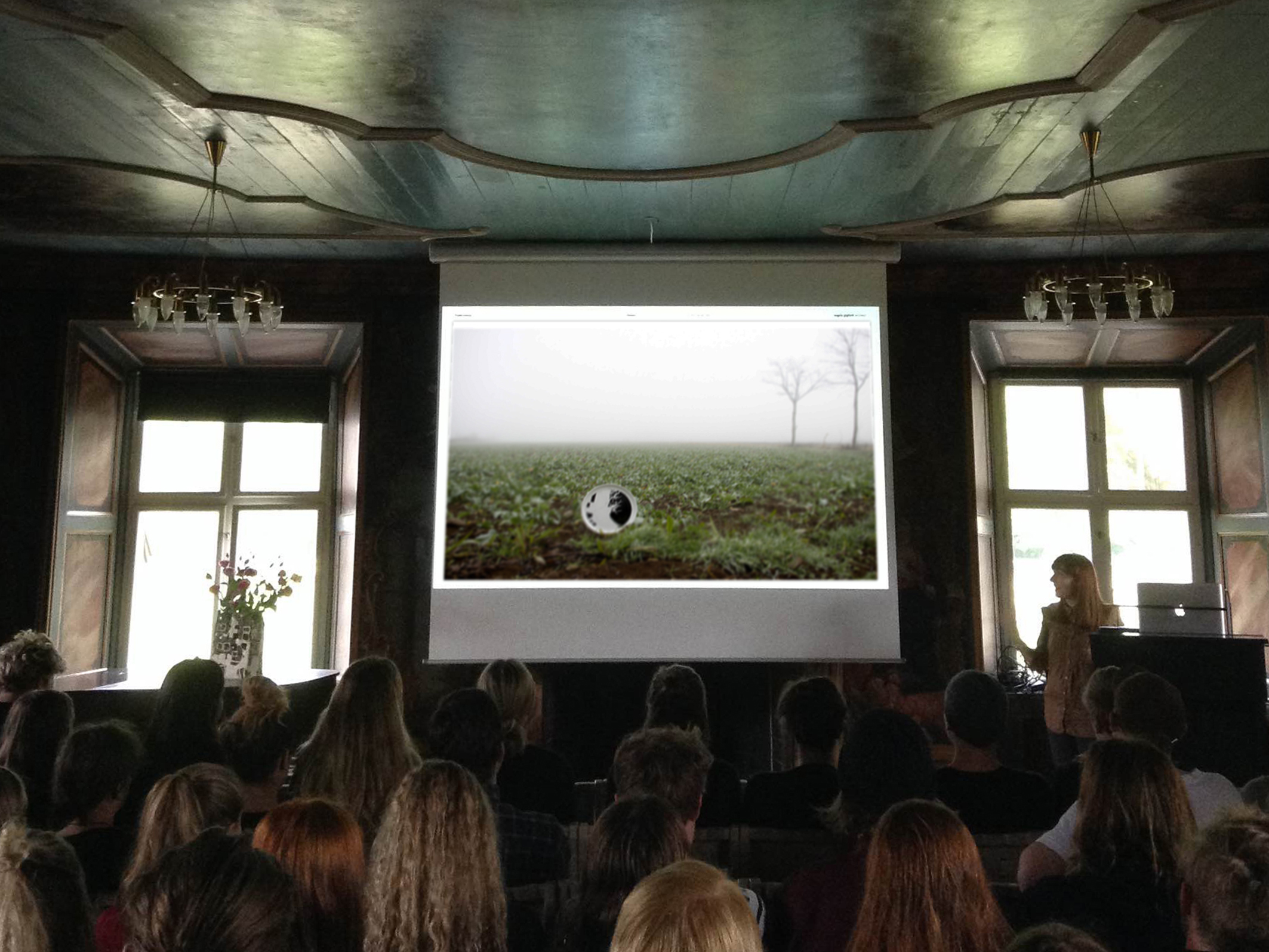Devices for Abstraction
In the Week 20 and Week 23 of the Summer 2016 we have been guest professors at Krabbesholm Højskole to develop together with the Architecture Students a project named “Devices for Abstraction”.
This project is designed for those who dream of the islands, no matter if with grief or joy. It’s for everyone who dreams of separation, of being already separate, far from the continents, to be alone and lost, to those who want to start from scratch, to those who want to recreate, to those who want to start over.
The island is therefore our dream, and we are the pure consciousness of the island. Its geography is inseparable from our imagination.
Someone was here before us. S/he left the indications and the description of a few elements: the position within the forest; the perimeter and the presence of an architecture for unknown ceremonies and rituals.
The method is the exquisite corpse, also known as exquisite cadaver (from the original French term cadavre exquis) or rotating corpse, is a method by which a collection of words or images is collectively assembled. Each collaborator adds to a composition in sequence following a rule.
Each of the 9 teams of students was asked to build an abstract room in 1:1 in the forest and to note the process using 10 sheets of a collective notebook.The 3 steps were the enclosures (yellow rope), the roof (pink rope), the windows and the door (blue rope).
9 maps will lead you there to see the students’ abstract visions of the “meditation rooms”.

In mathematical logic, a fragment of a logical language or theory is a subset of this logical language obtained by imposing syntactical restrictions on the language.
4 wooden fragments of 10 sqm each investigate the basic elements of the building as first approach to a future development of the Krabbesholm area. By using 4,5 x 12 x 240 cm structural elements combined with 4 plywood sheets the aim is to cover, to filter, to floor and to overstep. Each team develops a project in according with a more general masterplan which uses the grid as abstract tool to interfere and trigger new unexpected relationships among the pre-existing elements of the campus.
In this second week the Cadavre Esquisse is used again as a work method but bringing it to a next level: the students will leave traces and legacies on the Krabbeshølm territory to the next generation of students who will inherit and use them as point of departures for future plans.




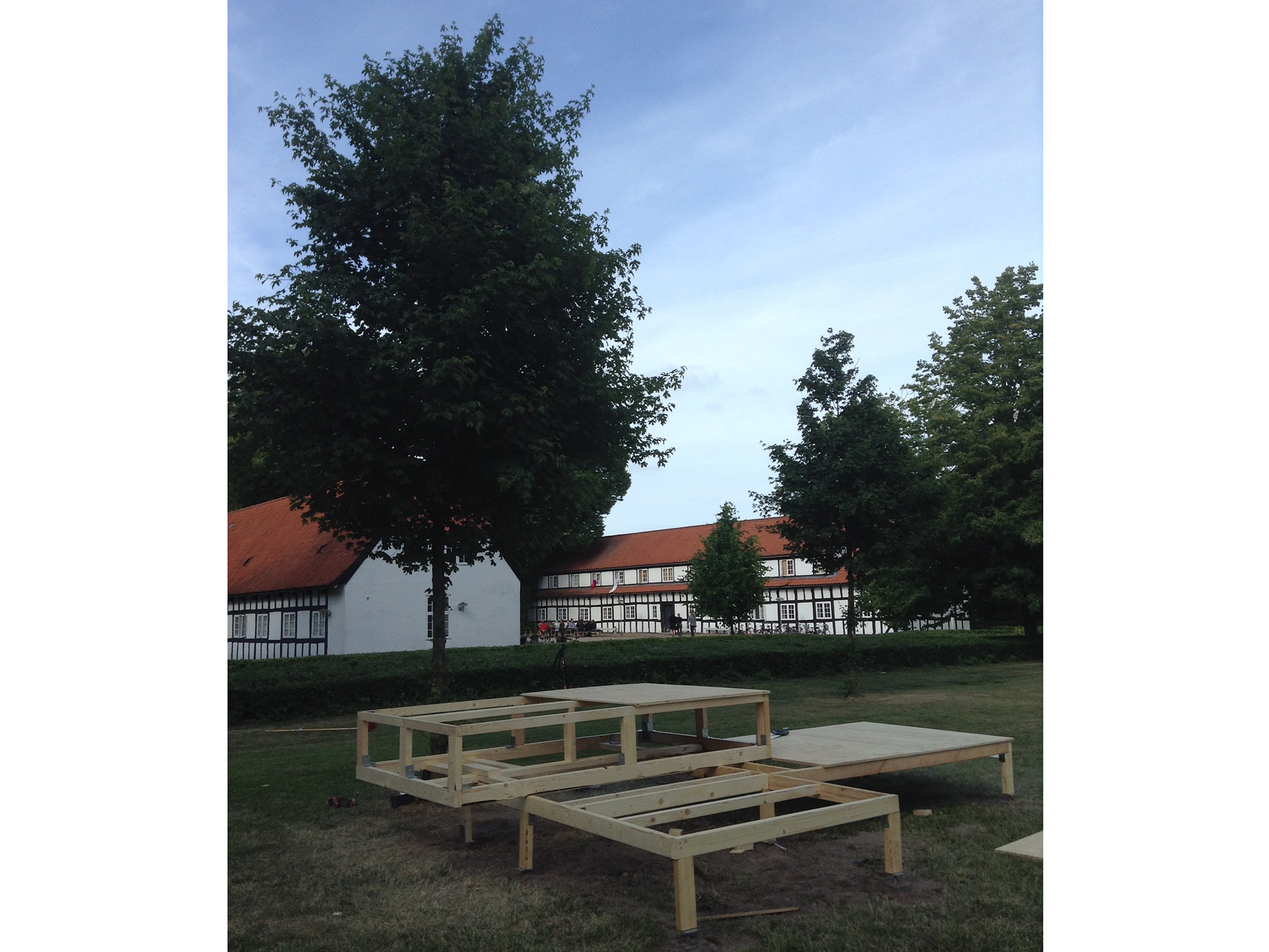





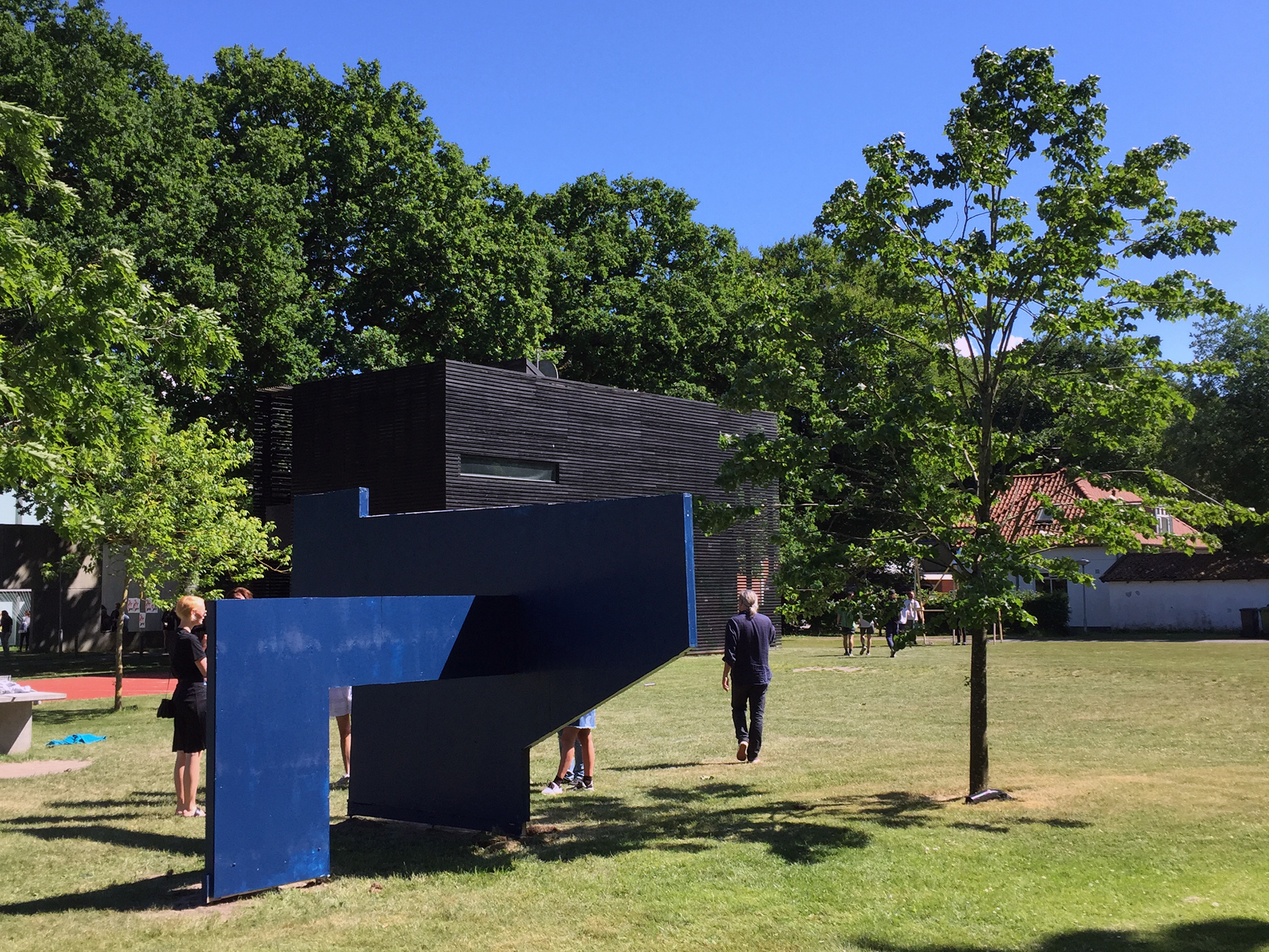

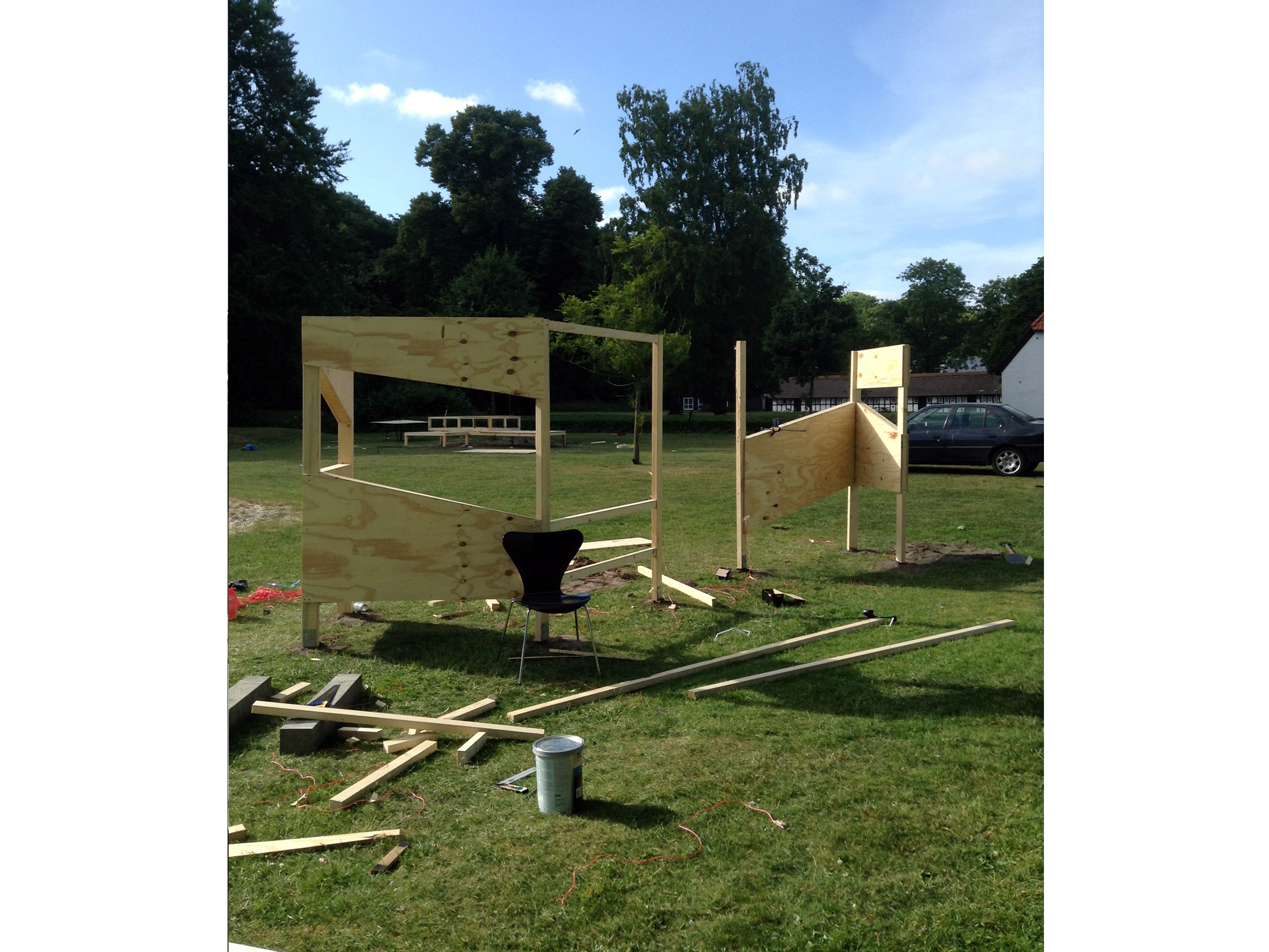

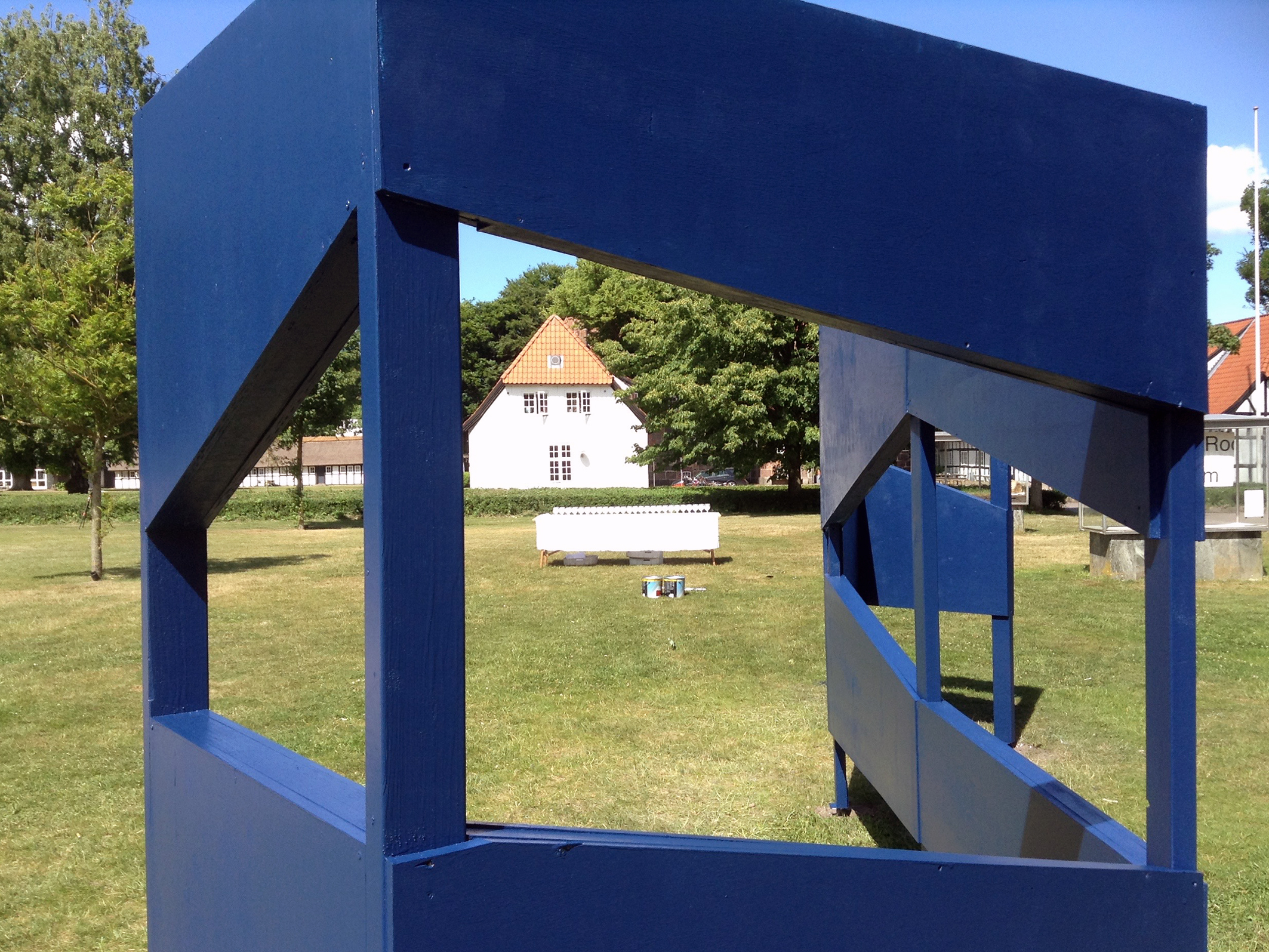
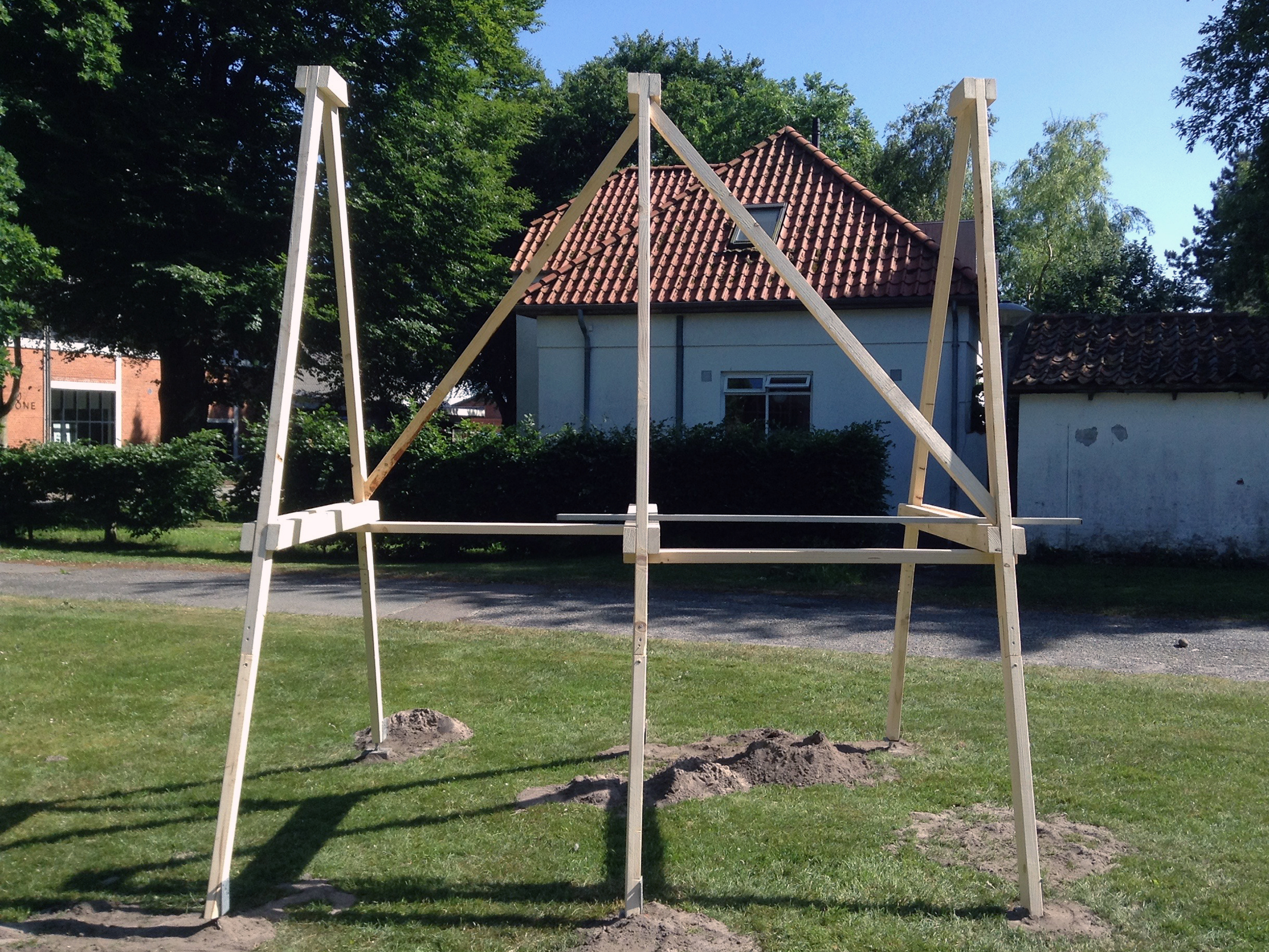
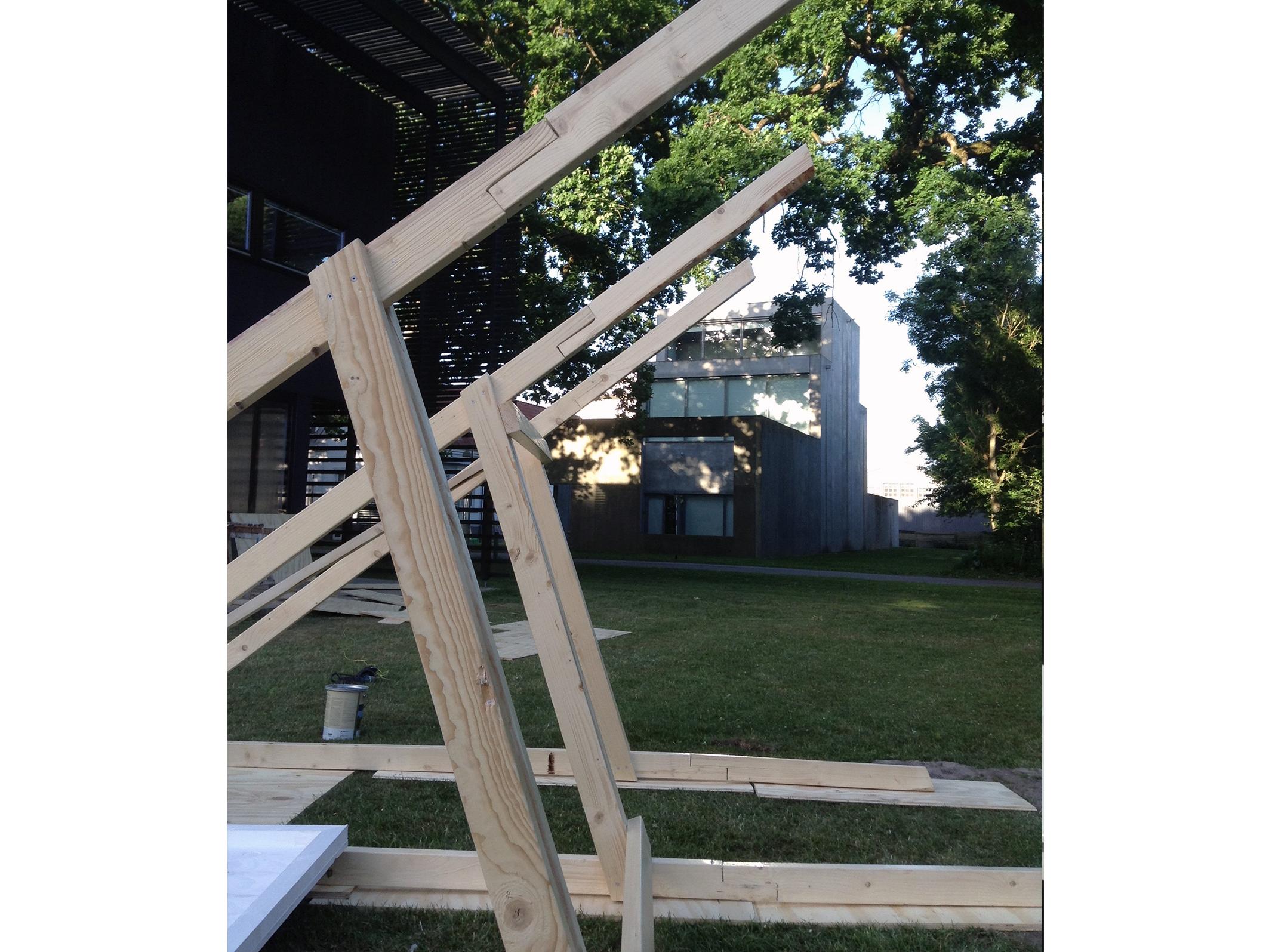




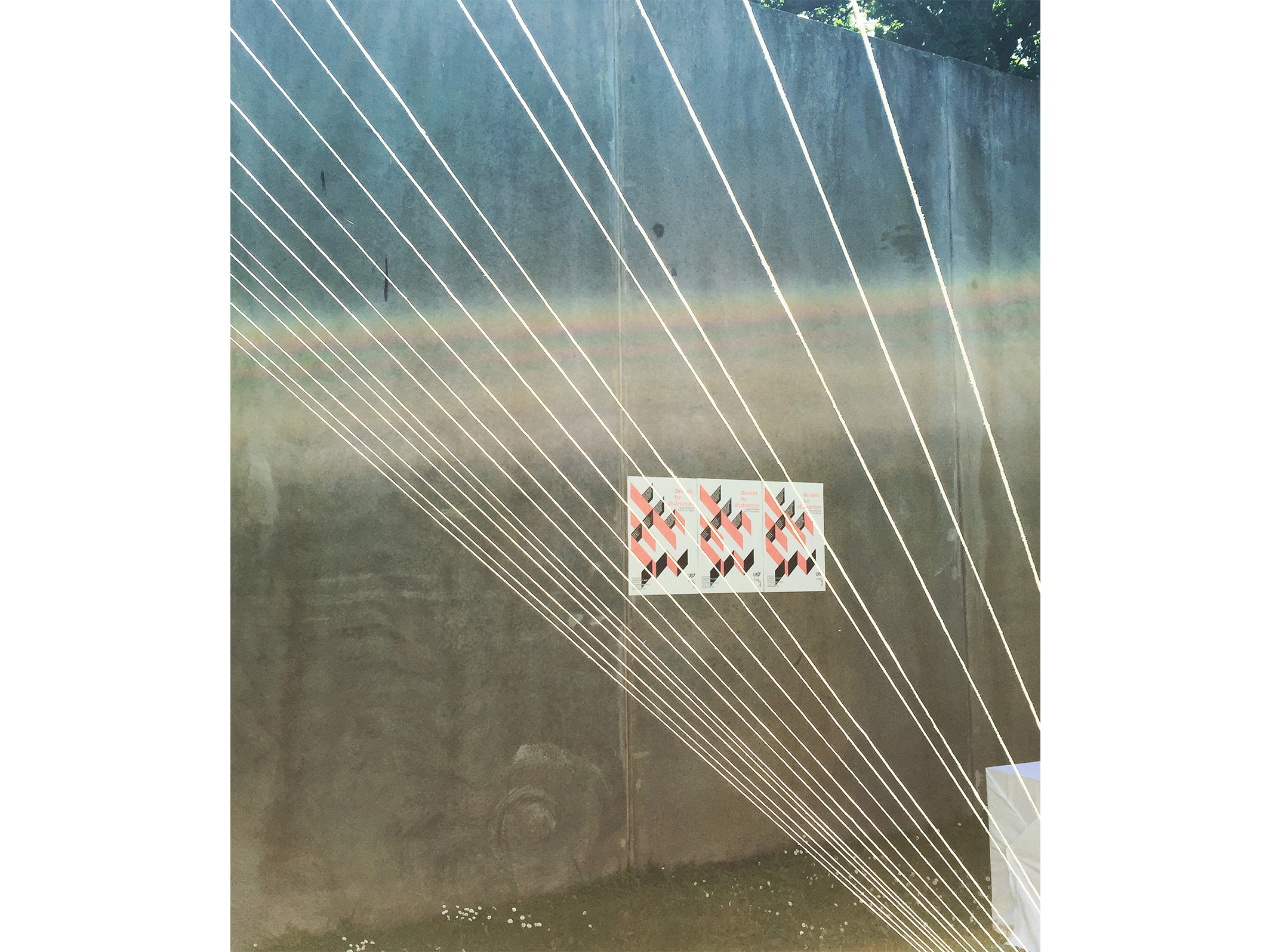

A project by:
U67 (Fabio Gigone, Angela Gigliotti)
Collaborator:
Francesco Rambelli
Students:
Andrea Bjørløw Kjelstrup, Kasper Hübertz Larsen, Nanna Marie Vindeløv, Anna-Therese Olrik, Christine Marie Elnegaard, Lisa Marie Gerdes, Clara Louise Alder Juul, Folke Nygren, Mathias Aaboe Mikkelsen, Niklas Nathaniel Finderup, Hans Christian Kjeruf, Louise Thisgaard Pedersen, Amanda Dyreborg Horan, Clara Cordes, Frida B. Thomsen, Anne Sofie Ravnsbæk, Asger Ryg Christensen, Marius Tromholt-Richter, Simon Hagerup Jensen, Tobias Nowak Andersen, Ask Olsson Aabø, Helene Isabelle Millan Eide, Karoline Holmås, Kim Ly, Sofie Amalie Ramstad, Hans Erik Scobie Grøndahl, Max Emil Lossius Bjerkfelt, Siemen Rønning Hatmyr, Julia Loichtl, Marte Jensen Birkeland, Mie Nissen Herskind, Rieko Akashi, Tobias Uldahl Thomsen, Daniel Romm, Lauritz Wagn Møller, Sune Lund Bunke and Øvyn Moxness Konglevoll.
A special thanks to Kurt Finsten, Helene Stigel, Rùni Weihe, Erik Tonning, Troels Thorbjørnson for making it possible at Krabbesholm Højskole.
Scroll down to read more about the school.
Founded in 1885, Krabbesholm is an old college rich in tradition. Occupying a special niche between a high school and university, Krabbesholm College is a Danish højskole which teaches subjects associated with art, architecture and design.
The højskole is a social experiment in which social interaction is crucial to its students’ education, and teaching is anti-authoritarian and opposed to the narrow structures of the established educational system. As a result, subjects at the højskole are never taught for their own sake, and the strictly professional is not viewed as interesting in itself. Instead, the topics taught must be wider in scope and take as their point of departure the individual and the fundamental issues of human existence.
The spirit of experimentation animates Krabbesholm College’s interest in collaborating with artists, architects and designers from both Denmark and abroad. New ideas often developed in concert with visiting artists result in projects of great importance to the students and the school.
